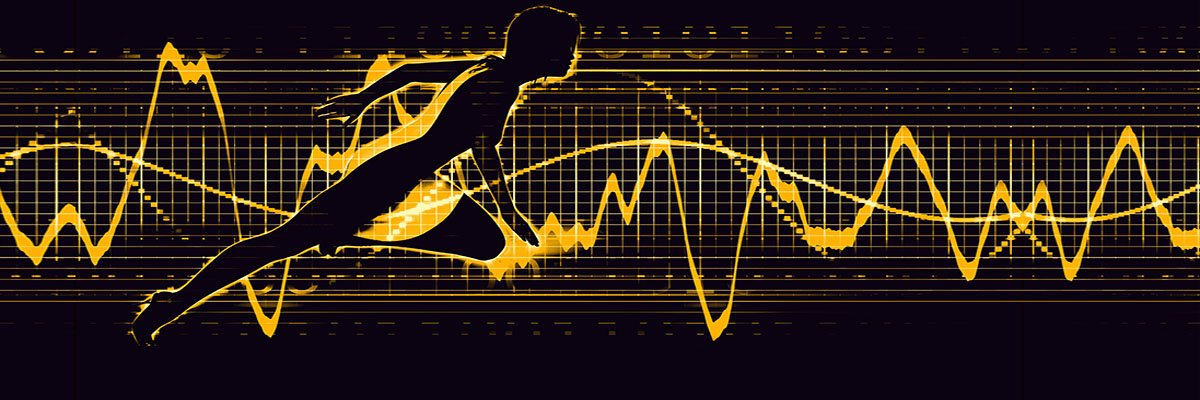The Nobel Prize in Physics 2025 was awarded to John Clarke, Michel Devoret and John Martinis, three pioneers of quantum mechanics whose work has paved the way for quantum computers.
Traditionally, quantum physics is a discipline that is mainly interested in the field of infinitely small. It has been formalized to describe the behavior of the subatomic particles, such as electrons, neutrons, protons or photons – tiny objects whose behavior escapes the laws of classical physics, called ” Newtonian ».
On this scale, energy, matter and even light obeyed counter-intuitive rules which are largely based on probabilities; They involve many phenomena that have no equivalent in the macroscopic world that we perceive on our scale.
Of the infinitely on our scale
Or at least, it was consensus before this year’s winners enter the dance. From 1984, they proved that these quantum phenomena also had a very concrete effect on electrical circuits and that the latter can behave like real quantum systems.
To do this, they led a series of experiences with circuits based on superconductive materials, that is to say capable of driving electricity without resistance under certain conditions, often at a temperature close to absolute zero.
In their device, the superconducting components were separated by a thin layer of non -conductive material. In all likelihood, this element should have closed the road to the electrons which allow us to circulate. However, a weak current still managed to cross the insulating barrier.
The three researchers have proven that this incongruity was due to the capacity of electrons to behave not as individual particles, but as a collective wave, capable of crossing an obstacle thanks to what is called today the tunnel effect.
More broadly, they have shown that their macroscopiqque circuits behaved exactly like predicting quantum mechanics: their energy is quantified. This means that they can only absorb or emit very specific amounts of energy-a property which, until then, was considered reserved for the quantum world on a very small scale.
By observing and controlling this phenomenon on the scale of whole circuits, Clarke, Devoret and Martinis therefore have demonstrated that macroscopic systems (on our scale) could obey the laws of quantum mechanics.
A new look at our technology
This discovery forced the entire scientific community to reconsider the nature of the border that separates the quantum world and the classic world. More specifically, this has allowed researchers to realize that quantum mechanics actually plays a central role in the operation of all our electronic devices.
This is which explains the operation of transistors, lasers, diodes or even sensors that make up our computers, our phones or our communication systems. In other words, Without these quantum principles, electronics and computer science as we know them today would simply not exist.
These works have also paved the way for a real technological revolution: Quantum IT. Indeed, this capacity to control the quantum states of superconductive elements made it possible to conceptualize what are today called the qubitsthe logical units of quantum computer science.
Unlike the bits of conventional computers, which can only take values 0 or 1, these qubits can exist in a superposition of these two different states, simultaneously. It is this property, specific to quantum mechanics, which theoretically makes it possible to carry out countless complex calculations in parallel, opening the way to an exponentially more important computing power than all conventional computers.
🟣 To not miss any news on the Geek newspaper, subscribe to Google News and on our WhatsApp. And if you love us, .












